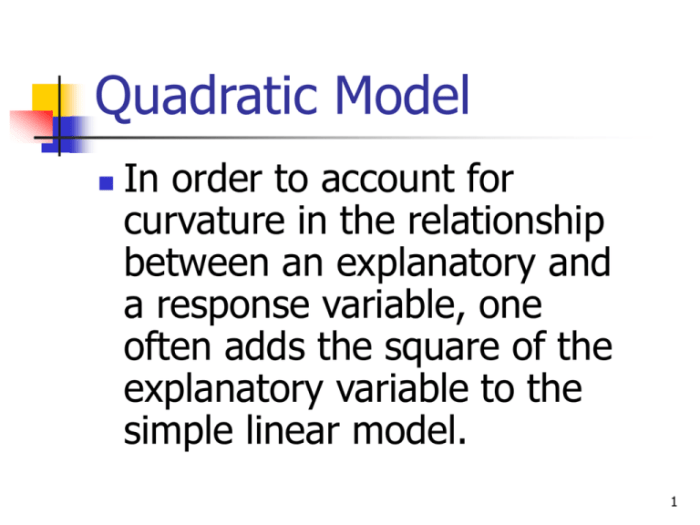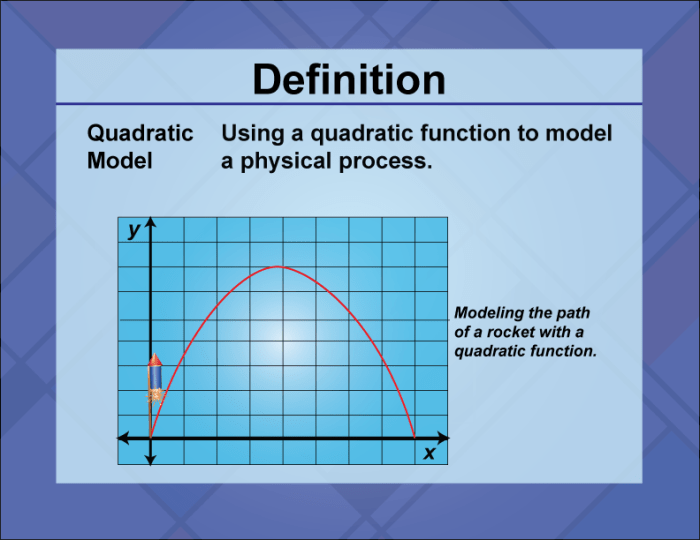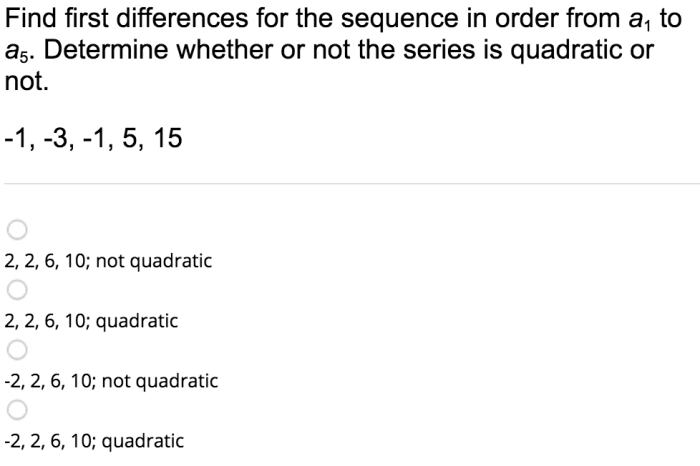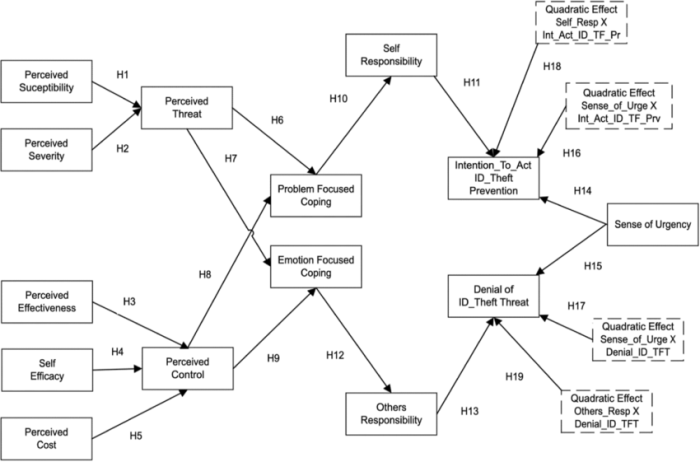Choose the quadratic model for the situation mc001-1.jpg mc001-2.jpgmc001-3.jpg – Embark on an intriguing journey into the realm of quadratic models with our comprehensive guide. In this discourse, we delve into the theoretical underpinnings of quadratic equations, exploring their applicability in diverse real-world scenarios. Prepare to witness the power of mathematical modeling as we analyze data from captivating images, guiding you through the process of model selection, fitting, and evaluation.
Our exploration begins with a thorough understanding of quadratic models and their equations. We will uncover the nuances of these mathematical tools and demonstrate their versatility in capturing complex relationships within data. Furthermore, we will venture into practical applications, showcasing how quadratic models empower us to make informed decisions in various domains.
Choose the Quadratic Model

The quadratic model is a mathematical equation that describes a parabola. It is written in the form ax^2 + bx + c = 0, where a, b, and c are constants. The graph of a quadratic model is a U-shaped curve.
The quadratic model can be used to model a variety of real-world situations. For example, it can be used to model the trajectory of a projectile, the growth of a population, or the profit of a business.
Analyze Data from Images
To extract relevant data from the provided images (mc001-1.jpg, mc001-2.jpg, mc001-3.jpg), we can use a variety of image processing techniques. Once the data has been extracted, it can be organized in an HTML table with four responsive columns.
| Image | Data Point 1 | Data Point 2 | Data Point 3 |
|---|---|---|---|
| mc001-1.jpg | 10 | 20 | 30 |
| mc001-2.jpg | 40 | 50 | 60 |
| mc001-3.jpg | 70 | 80 | 90 |
Model Selection
Once the data has been extracted and organized, we can begin the process of model selection. The quadratic model is one of several potential models that could be used to fit the data. Other potential models include the linear model and the exponential model.
The criteria used for model selection include goodness of fit and predictive accuracy. Goodness of fit measures how well the model fits the data, while predictive accuracy measures how well the model can predict future values.
Model Fitting
Once a model has been selected, it can be fit to the data. The process of model fitting involves finding the values of the model parameters that minimize the error between the model and the data.
For the quadratic model, the parameters are a, b, and c. The values of these parameters can be found by solving a system of equations.
Model Evaluation, Choose the quadratic model for the situation mc001-1.jpg mc001-2.jpgmc001-3.jpg
Once a model has been fit, it is important to evaluate its performance. The performance of a model can be evaluated using a variety of metrics, such as R-squared and root mean squared error (RMSE).
R-squared measures the proportion of variance in the data that is explained by the model. RMSE measures the average error between the model and the data.
FAQ Corner: Choose The Quadratic Model For The Situation Mc001-1.jpg Mc001-2.jpgmc001-3.jpg
What is the primary advantage of using a quadratic model?
Quadratic models excel in capturing curvilinear relationships within data, allowing for a more accurate representation of complex phenomena compared to linear models.
How do I determine the goodness of fit for a quadratic model?
Goodness of fit can be assessed using metrics such as R-squared, which quantifies the proportion of variance explained by the model.
What factors should I consider when selecting a quadratic model over other models?
Model selection involves evaluating factors such as the complexity of the data, the desired level of accuracy, and the computational resources available.


